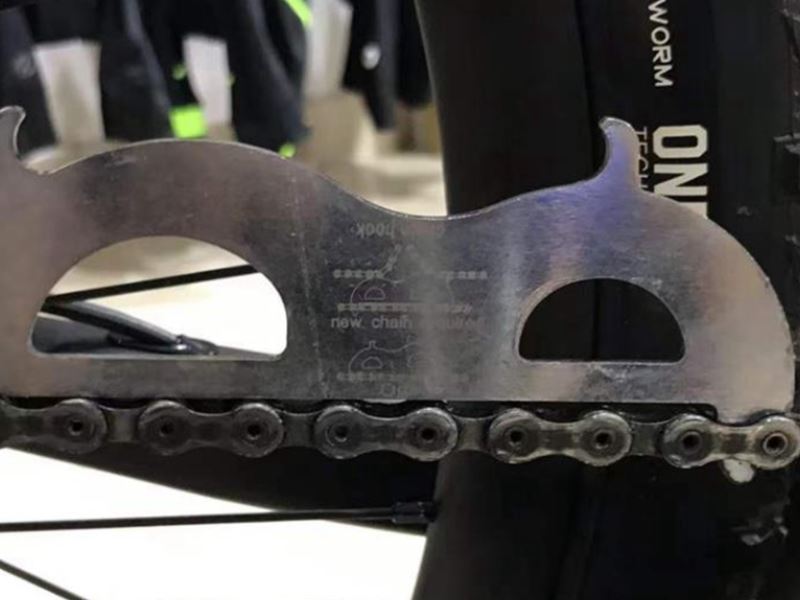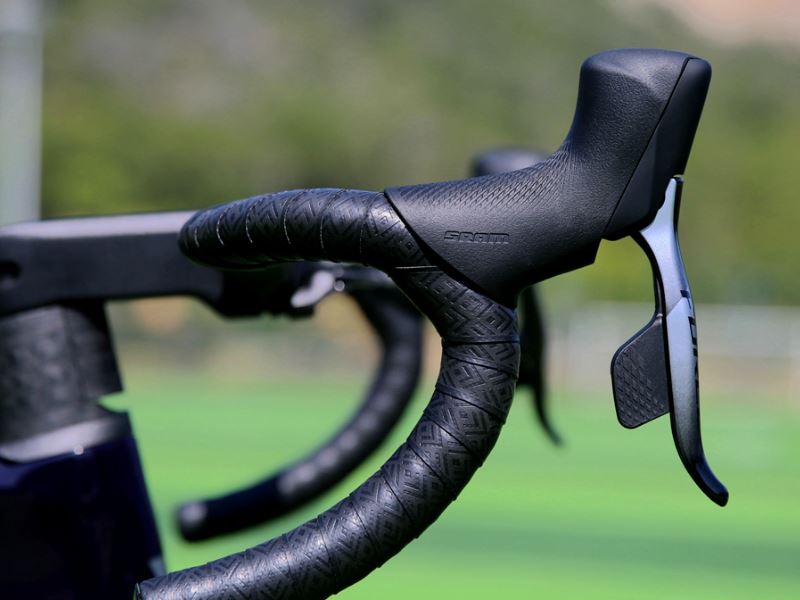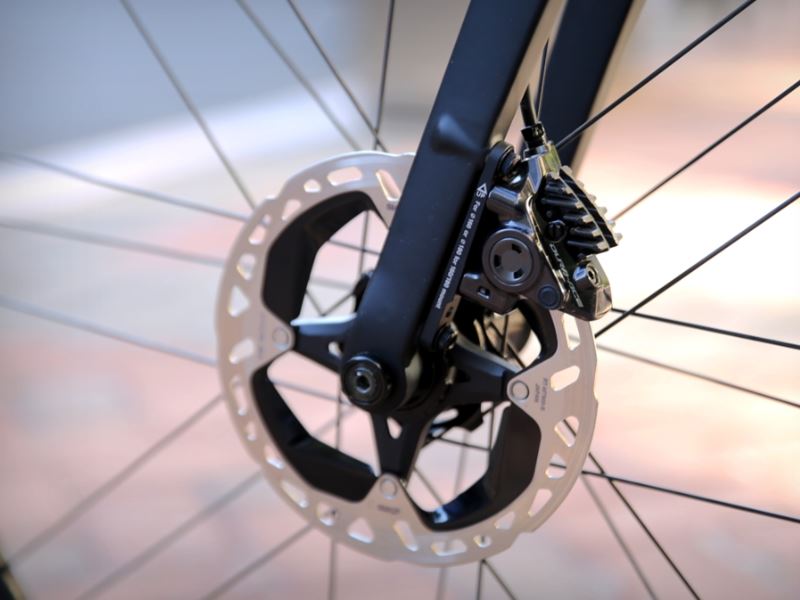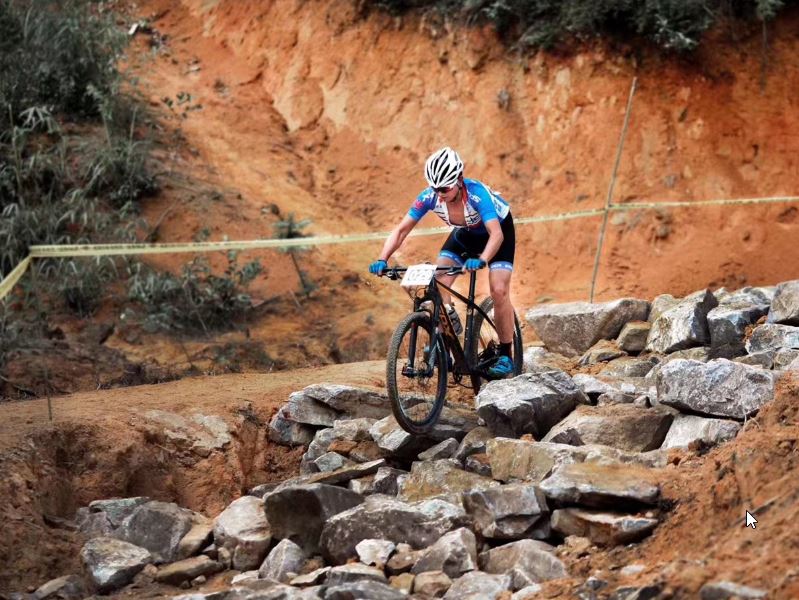by Tiffanybikes
Share
by Tiffanybikes
Share
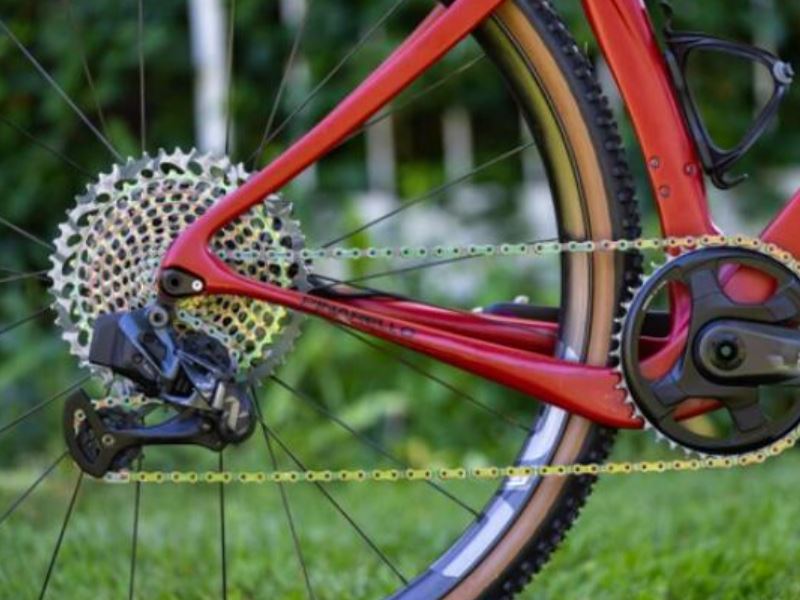
Electronic shifting kits are becoming more and more popular and have almost become standard in professional racing. Since the advent of Shimano Di2, the technology has been devolved into lower-level road and mountain bike kits, so there are now more options on the market than ever before.
In fact, the big three shifters Shimano (Di2 groupsets), SRAM (eTap), and Campagnolo (EPS) now only offer electronic options for their top-of-the-line road groupsets, with no plans to further develop mechanical versions of these groupsets. Electronic kits offer many benefits, including precise shifting and, in some cases, ease of setup, but some users prefer the mechanical kit’s shifting feel and ease of protection. But the electronics kit is also more expensive.
In this guide, we’ll take a closer look at exactly what electronic kits are made of, how they work, and the pros and cons of electronic versus mechanical kits.
Who created the electronic shifting kit?
Mavic is a French brand known for its wheelsets, but it was the first brand to introduce electric gear. In 1992, Mavic pioneered the Zap electronic shifting kit, which changes gears depending on how fast you press the pedals. In 1999, Mavic updated the system to the wireless Mektronic.
The Mavic’s technology, while innovative, didn’t really make electric change a reality due to its lack of refinement and reliability, but it did plant the seeds for a decade later. In 2009 Shimano introduced the Dura-Ace 7950 series groupset with Di2 electronics, and a year later the technology was transferred to the Ultegra 6750. Campagnolo joined the bandwagon in late 2011 with Super Record EPS. SRAM was the last manufacturer to produce electronic kits, but with the release of the SRAM Red eTap in 2015, the era of true wireless shifting was announced.
Advantages of mechanical shifting
The most obvious advantages of mechanical shifting over electronic shifting are primarily simplicity and price. Mechanical shifting has stood the test of time, so it is a choice for every level from beginner to top riders. Mechanical kits are relatively easy to maintain, if you run into a problem halfway through, it’s usually relatively simple to fix the problem, and in the worst case, it’s relatively easy and inexpensive to replace the shift cable. It is also often easier and cheaper to buy replacement parts.
Many users are accustomed to and prefer the feel of mechanical shifting because it provides a clear shifting feel. When you start shifting, you can feel the derailleur moving, which gives the user a more meaningful interaction than the robotic, electronic hum.
Disadvantages of mechanical shifting
The mechanical kit usually needs to be readjusted after the initial setup, because the original factory will reserve a long wire tube and shift cable, and when loading the bike, try to achieve the shortest route of the wiring. Over time, the shifting cable wears out, the cable tube can get into the dirt mud, form dirt, and the quality of the shifting will degrade. Therefore, the cable tubes and transmission cables of mechanical transmissions need to be replaced regularly to maintain optimal shifting.
Advantages of electronic shifting
With an electronic shifting kit, there is no need to worry about cable and spool adjustments, and the cables are not affected by on- or off-road conditions. In theory, you shouldn’t have to worry about shifting quality degrading over time as long as you don’t bump the tail hook and keep the battery charged. The shift feel of electronic transmissions is generally more consistent, and false shifts are almost impossible. Electronic shifting requires less effort to change gears.
Almost all modern off-road rear derailleurs use a clutch mechanism to keep the chain from being stretched. For mechanical shifting, there is increased friction when overcoming the force of the clutch, but this is not a consideration for electronic shifting. The electronics kit also provides the ability to shift up and down multiple gears simultaneously by pressing and holding the relevant button.
The electronics kit can also be customized by adding extra buttons called sprint shifters, satellite shifters or blips. This is a very popular feature in professional racing, allowing riders to quickly change gears without taking their hands from their preferred position.
Kit makers all provide connectivity between their electronic kits and their respective partner apps, and users can customize what each button performs. For example, a lever can be set that is usually pre-programmed to downshift, or vice versa, depending on personal preference. This is not possible with a mechanical system because the corresponding lever has a certain cable pull on the associated derailleur.
When assembling a bike, an electronic kit is easier to install than a mechanical system because there is no need to run the cable from the head tube to the chainstays. Due to the narrower profile of the wires, they are easier to install with complex integrated setups. For SRAM’s wireless electronic eTap kit, there are no wiring worries.
Disadvantages of electronic shifting
The electronic package may lack shift feel or shift feedback during gear changes, but that comes down to personal preference. Some users prefer the positive feedback from the mechanical shifter, as well as the clicky sound when shifting.
If you run into a problem, electrical changes are often more difficult to diagnose than mechanical systems, and less likely to be fixed with the tools you carry around. For example, the Shimano shifting stops working, and you need to check each component by plugging it into a computer with the brand’s eTube software. Likewise, if a problem is encountered, repair costs are higher, as diagnosing and solving the problem can be a more time-consuming process.
Electronic kits generally come with a slight weight loss compared to mechanicals. Because the derailleur needs to accommodate the extra motor, the extra weight of the battery and junction box also needs to be considered.
The electronic front derailleur has a fairly powerful motor, which is capable of shifting under load, but this puts more stress on the frame, especially the front derailleur hanger. For this reason, the SRAM eTap AXS front derailleur comes with a support bracket in the box.
The most notable disadvantage of an electronic kit is the increased cost compared to an equivalent mechanical kit. However, this does not prevent the electronic shifting technology from being gradually devolved, and there are more choices in the brand range.
Electric transformers of the three major variable speed brands
Shimano, SRAM and Campagnolo are the big three in the shifting market, all offering electronic shifting groupsets. Shimano (Di2) and SRAM (eTap AXS) have road, gravel and mountain bike electronic kits, while Campagnolo (EPS) is limited to road bikes.
Shimano Di2
Road bikes: Dura-Ace R9200 (Dura-Ace R9150/70), Ultegra R8100 (Ultegra R8020/70), 105 R7150
Gravel bike: GRX 815
Mountain bikes: XTR M9050, XT M8050
City car: Alfine Di2
The Japanese company was the first major manufacturer to crack the code of mass-market electronics kits. Electric conversions for road products were previously limited to the two top-of-the-line kits, the Dura-Ace and Ultegra, and last month the brand’s third-level kit, the 105, joined the electric conversion club. The current-generation Dura-Ace R9200, Ultegra R8100 and 105 R7100 groupsets are the standouts, marking Shimano’s move toward semi-wireless shifting (the rim brake versions of the Ultegra and Dura-Ace are still fully wired).
No further news on Shimano’s newest mountain electrics, the current Di2 versions of the XTR and Deore XT are still wired. Shimano offers a Di2 version of the GRX Gravel groupset, which combines the same wired technology from the road and mountain groupsets. Shimano also offers Alfine Di2 for city bike users, the only brand of the Big Three to do so.
SRAM eTap AXS
Road bikes: Red eTap AXS, Force eTap AXS, Rival eTap AXS
Gravel: Red eTap XPLR AXS, Force eTap XPLR AXS, Rival eTap XPLR AXS
MTB: XX1 Eagle AXS, X01 Eagle AXS, GX Eagle AXS
The American manufacturer was the last brand to join the electronics revolution, but they had a latecomer trend and went straight into wireless. SRAM currently offers three levels of road groupsets in its eTap AXS line. The Red is the top-of-the-line version, followed by the Force, which carries many of the same technologies from its big brother Red, but heavier to achieve a lower price. Introduced in April 2021, the Rival eTap AXS is heavier but more competitively priced and brings electronic shifting to the third-level kit for the first time.
SRAM also migrated the eTap AXS system to the Mountain Bike Eagle groupset. Like the road, there are three levels from the flagship XX1 to X01 to GX. Of course the electronic revolution extends to the wireless RockShox Reverb dropper seatpost, which is also part of the SRAM catalog.
SRAM launched its gravel groupset in the form of the eTap AXS XPLR. The XPLR offers options from Red to Rival, a rear derailleur with a larger 44t capacity and 10-44 cassette for gravel-specific gearing, and a range of 1x or 2x cranks. The SRAM ecosystem also allows for pairing different elements of road, gravel and mountain bike kits.
Campagnolo EPS
Campagnolo currently only offers Super Record EPS in 12-speed form, and the kit is also wired. The shift buttons feature Campagnolo’s “Multi-Dome” technology to provide an authentic shift feel.
Along with more Campagnolo electric shift kits, and the migration of EPS electronics to the 13-speed Campagnolo Ekar Gravel drivetrain.
How does the electronics kit work?
Despite the differences between brands, the working principle of the electronic kit remains the same. Depending on the system, when the shift lever is actuated, it sends an electrical signal over a wire or wirelessly communicates with the associated derailleur, causing it to shift to the specified gear.
The big three kit makers are divided over how electronic signals are communicated.
Campagnolo’s EPS electronic road kit is fully wired and the system is powered by a V4 internal frame battery. Shimano’s electronic kits have historically been fully wired, but the latest Dura-Ace R9200, Ultegra R8100, 105 Di2 road kits are semi-wireless. Here, there is a wire between the two derailleurs and the battery, which is usually installed in the seatpost. The dial is wireless and has a coin cell battery.
SRAM was the first and remains the only manufacturer of the Big Three to offer a fully wireless setup, with its eTap AXS kit spanning road bikes, gravel riding and mountain bikes. When the SRAM eTap shift lever is activated, it communicates with the associated derailleur via AIREA (basically SRAM’s Bluetooth or ANT+ wireless protocol), which in turn makes it shift.
How long can the electric battery last?
There are many variables that determine battery life, not just from system to system, but also how often you shift gears.
Shimano claims the main battery of its latest Dura-Ace R9200 can last up to 1000 kilometers. Dial’s CR1632 coin cell battery is said to last one and a half to two years. Battery life can be extended by up to 50% if the system is run fully wired.
The SRAM eTap AXS uses a rechargeable lithium-ion battery in each derailleur and a CR2032 coin cell battery on the derailleur. According to SRAM, the derailleur battery lasts about 60 hours on a full charge, and takes about an hour to fully charge in its designated charging cradle.
Campagnolo’s EPS kit is linked to a battery, and the brand claims its latest V4 battery will last up to 1,700 kilometers of riding, depending on riding conditions and shifting frequency. When the charge is between 60% and 100%, the unit controller LED light located on the lower end of the handlebar is solid green. It will flash green when it’s below 60%, amber between 40% and 60%, solid red when the battery is between 6% and 20%, and flashing red when it’s below 6%.
Can a mechanical kit be upgraded to an electronic kit?
While mechanical drivetrain components are not compatible with electronic components, a bike can often be upgraded from a mechanical to an electronic kit if the entire kit is replaced.
However, this is not always the case. If using a wired system like Shimano or Campagnolo, switching from mechanical to electronic depends on the routing of the frame conduit, and some frames may not have room for a battery. If planning to upgrade to a fully wireless system, such as the SRAM eTap AXS, it has greater compatibility with older frames.
The “out-of-stock tide” brought about by the epidemic has made it difficult to find a bike in the cycling circle. Even if some brands can order a bike, the delivery time varies from a few months to more than half a year. There are many bike fans who can’t wait to turn their attention to […]
Whether you’re a big cyclist or a novice cyclist, who hasn’t made some mistakes on the bike? For example, when the new bike is installed, the vehicle accessories are installed incorrectly, the equipment model is not matched when the accessories are upgraded, the fault judgment is wrong, and there is wasted effort in disassembly and […]
With the full popularity of the disc brake system for road bikes, the road bike market has completely resolved the debate between disc brakes and rim brakes. It can be said that disc brakes have completely taken over the rim brakes. But in road disc brakes, there is another debate, so is it better to […]
Today, most mountain bikes on the market are equipped with front fork shock absorbers, and even many gravel bikes are equipped with micro-travel shock absorbers in order to cope with more complex road conditions. There is enough suspension travel on a bicycle to measure the bumps that the bicycle can absorb, so what kind of […]
